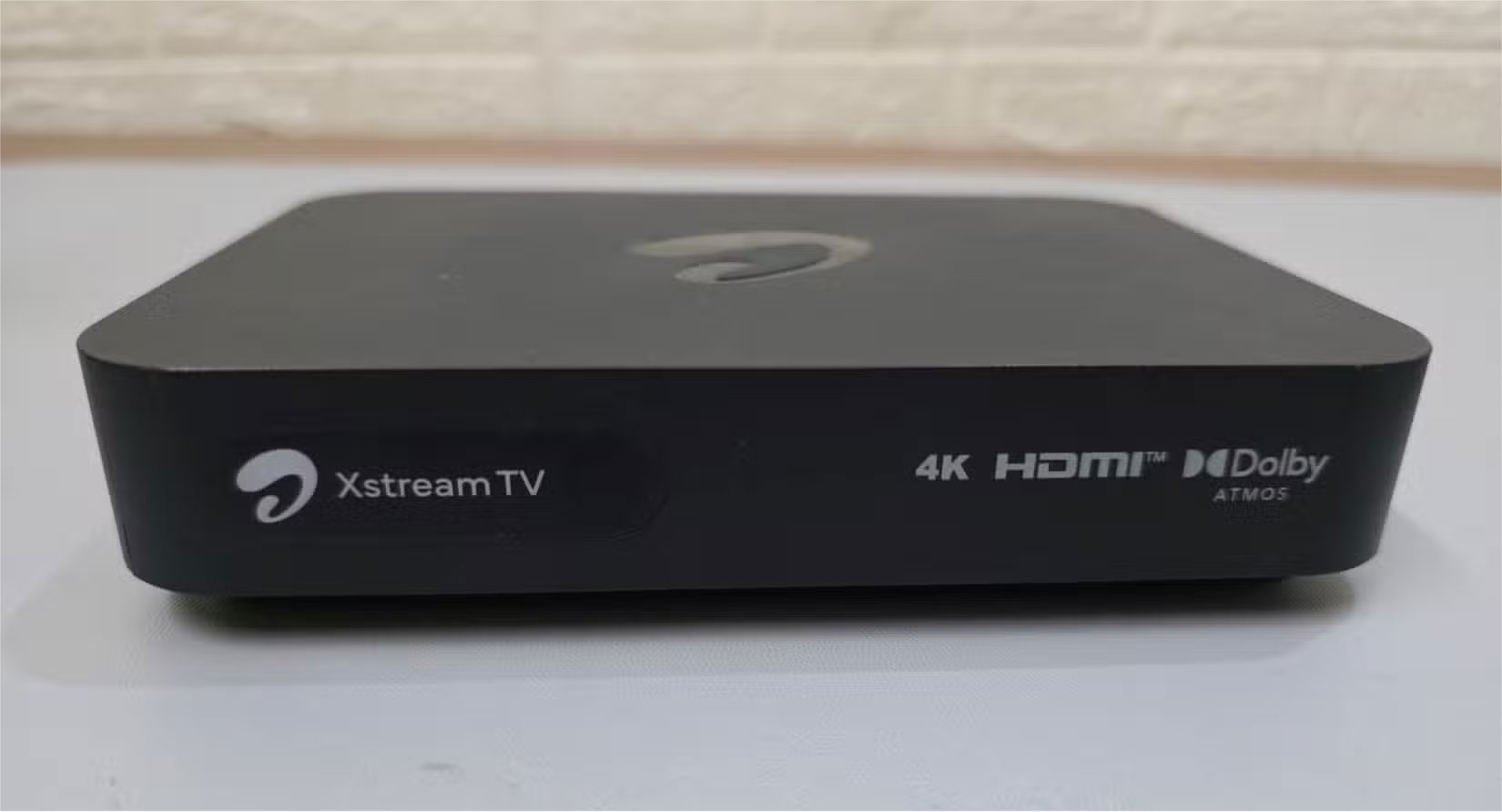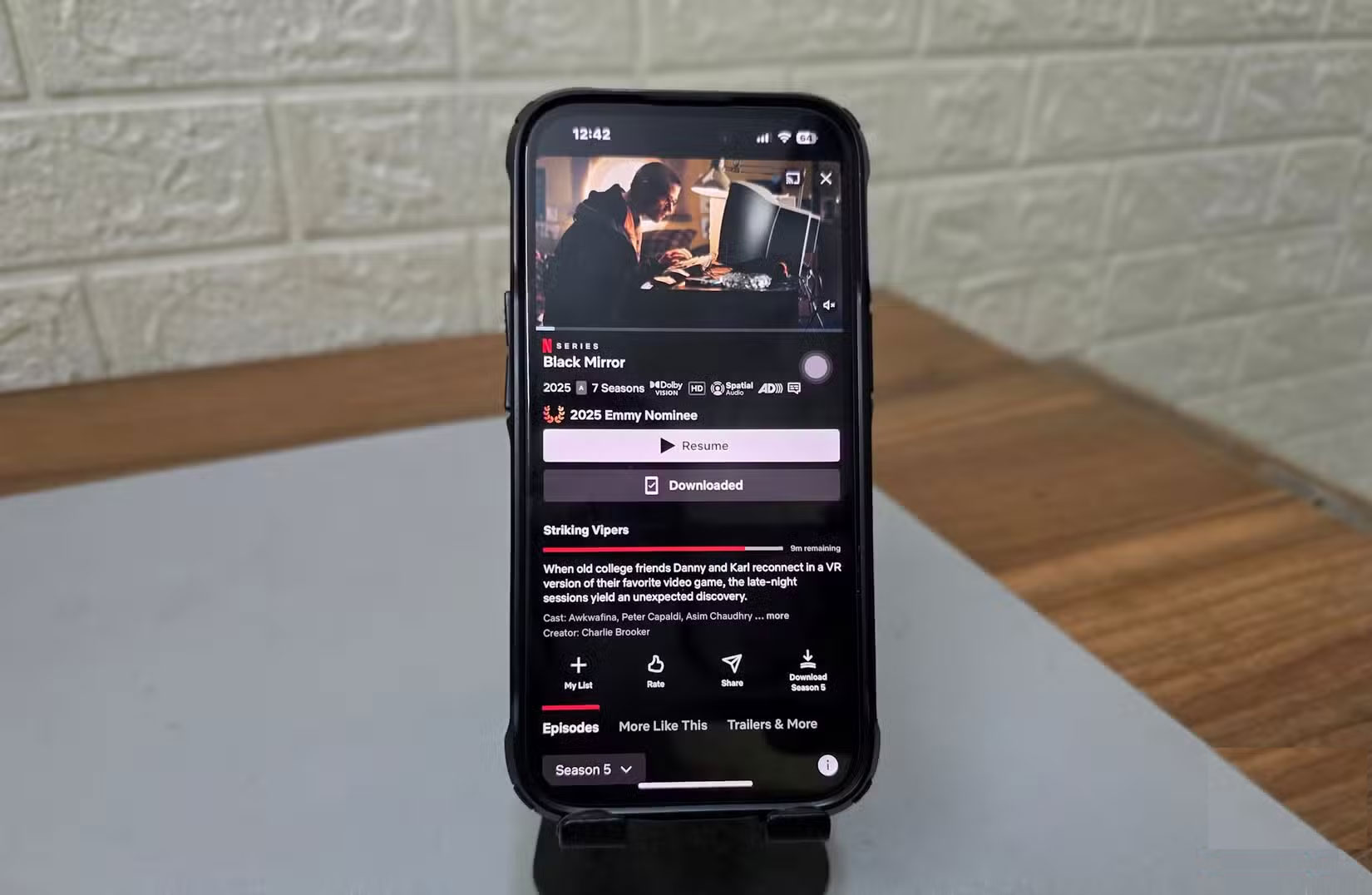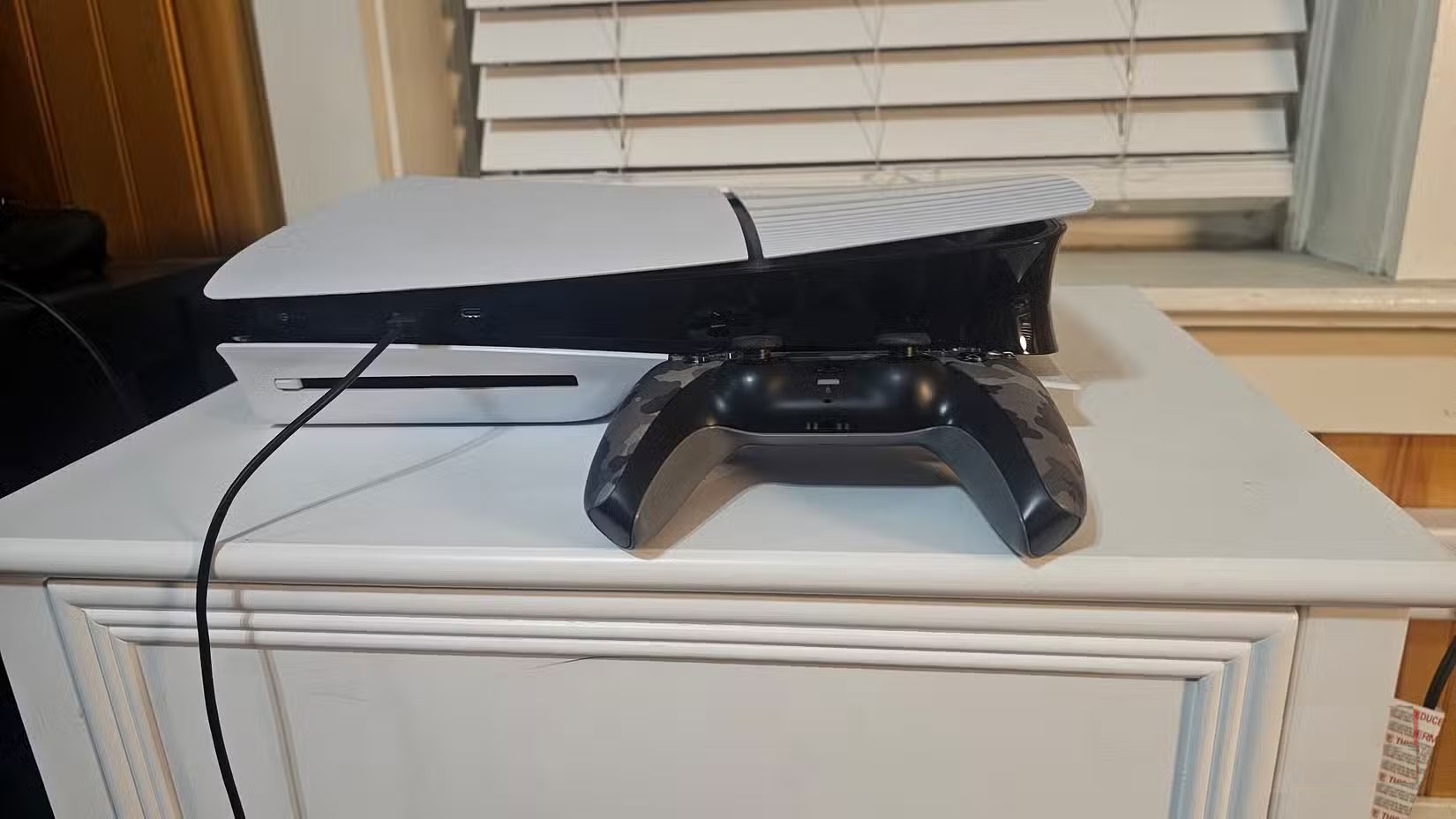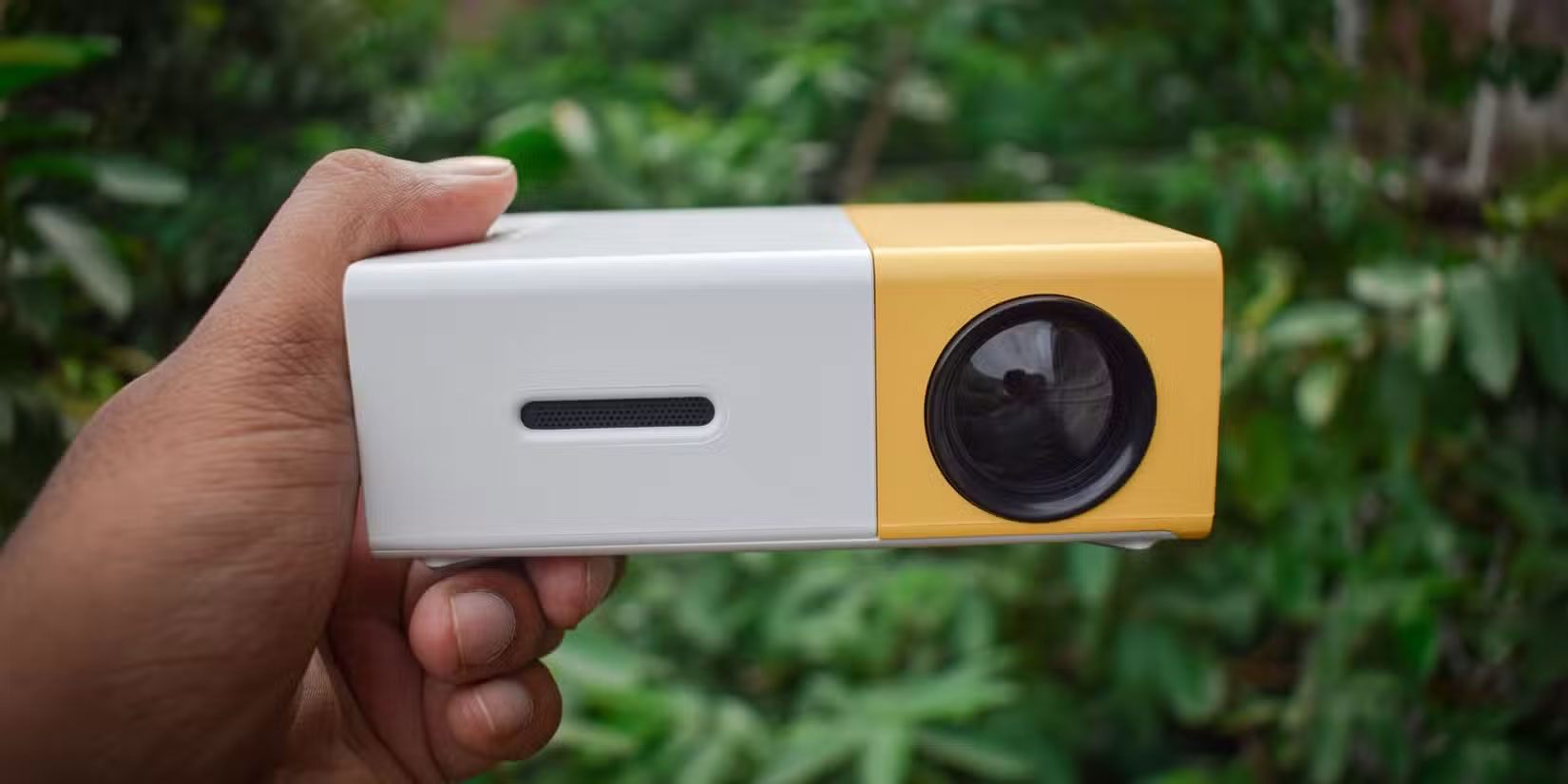If you have these devices, you don't need to buy a Smart TV anymore.
Smart TVs aren't the only way to watch Netflix or YouTube from the couch. With just a few everyday gadgets, your setup can be smarter than you think.
5. Your Laptop or PC Can Do More Than You Think
The most versatile alternative to a Smart TV might already be sitting on your desk. Laptops and desktops can stream anything from anywhere, thanks to full browsers and dedicated apps. You can also manage your local media, use them as a Plex or Kodi hub, or mirror content to another screen if needed.

Laptops are especially great for personal viewing. You can put them wherever you want, use wireless headphones, and even take them with you. Most models have an HDMI port , so connecting to an existing monitor is easy if you want to use a larger screen.
4. Streaming devices work just as well (or even better)
If watching shows and movies is your top priority, a Smart TV isn't your only option. Devices like Roku, Fire TV Stick, and Chromecast can provide a similar (or even better) experience.

They plug directly into any display with an HDMI port and run a fast, user-friendly interface designed for streaming. Most support 4K resolution , offer voice search, and provide direct access to Netflix, Prime Video, Hulu, and other major platforms.
3. Tablets and phones can become portable Smart TVs
Never underestimate the power of the device in your pocket. Modern smartphones and tablets can stream content from almost any platform, often with better resolution, faster performance, and superior app support than many Smart TVs.

Tablets with screens 10 inches or larger are great for casual viewing in spaces like the kitchen or bedroom. Put them on a stand, connect to Bluetooth headphones or speakers, and stream without the need for a big screen. They're great for solo or casual viewing, especially in small living spaces.
Smartphones offer even more mobility and flexibility. With features like screen mirroring and Google Cast, you can project to a monitor or projector. Samsung phones also support DeX , which provides a desktop-like interface when connected to a larger screen. This turns your phone into both a media player and a productivity hub, depending on your needs.
2. Handheld game consoles can be entertainment centers
You don't need a big screen to enjoy your favorite content. Consoles like the Xbox Series X and PlayStation 5 support streaming apps and deliver stunning visuals, but they still require a TV or monitor to work.

If you're looking for something more versatile, handheld gaming systems are a smarter choice. Devices like the Nintendo Switch and Steam Deck are completely portable and don't need to be tethered to anything else. The Switch lets you stream platforms like YouTube or Hulu directly to its built-in screen, making it ideal for relaxing in bed or on a desk.
1. Projectors and home theater systems
If you're looking for a movie theater experience, a projector can bring the cinematic experience right into your home. Modern models are compact, bright, and more affordable than ever. Many even come with Android TV or similar platforms built in, allowing you to access apps like Netflix and YouTube without needing to connect to any other device.

Even basic models without built-in streaming capabilities can easily connect to a laptop, streaming device, or smartphone. With many projectors capable of projecting images of 100 inches or larger, all you need is a blank wall or a portable monitor to create a big screen without breaking the bank.
 Tweaks to make your old Smart TV work again
Tweaks to make your old Smart TV work again 4 features not to be missed when buying a cheap 4K Smart TV
4 features not to be missed when buying a cheap 4K Smart TV How to Repair Smart TV with Just a USB
How to Repair Smart TV with Just a USB 7 tvOS 26 Features That Will Make Everyone Want to Switch to Apple TV
7 tvOS 26 Features That Will Make Everyone Want to Switch to Apple TV How to know if Smart TV is infected with malware?
How to know if Smart TV is infected with malware? Why OLED Displays Aren't as Great as You Think
Why OLED Displays Aren't as Great as You Think